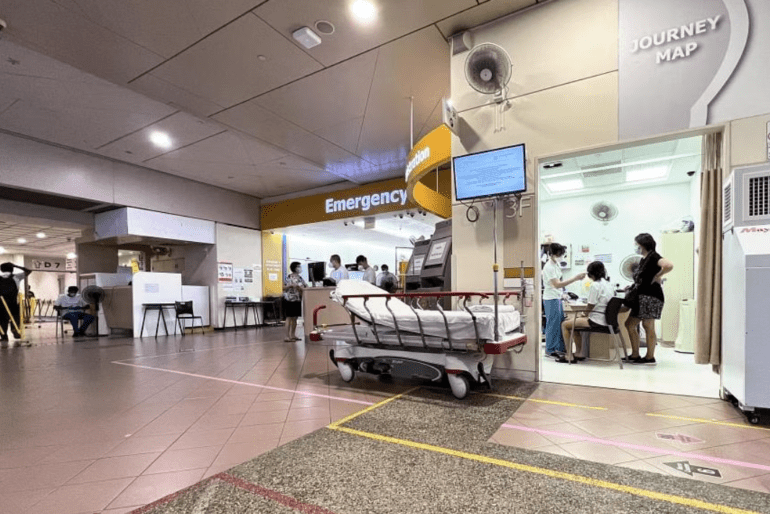- Traditional patient prioritization in emergency departments (EDs) by triage nurses can be inaccurate.
- PAC+ AI model developed by Duke-NUS Medical School predicts patient risk of death more accurately based on vital signs and medical history.
- SGH’s Annual Scientific Meeting showcases innovative projects like PAC+ and rapid antibiotic testing.
- The rapid antibiotic testing method reduces testing time from days to hours, aiding in timely treatment decisions.
Main AI News:
An innovative predictive model has emerged, revolutionizing the way emergency department (ED) patients are prioritized for treatment. Traditionally, this responsibility fell on triage nurses, who assigned patients a Patient Acuity Category (PAC) Scale based on initial assessments. However, the accuracy of these assessments could vary, leading to potential misjudgments in determining the urgency of patients’ needs.
In response to this challenge, Ms. Yvonne Wong and her team at Duke-NUS Medical School have developed an artificial intelligence (AI) model named PAC+. By analyzing data from over 300,000 ED patients, PAC+ predicts the risk of death based on vital signs and medical history. This groundbreaking technology enables healthcare professionals to reassess patients’ priority levels more accurately, ensuring those at higher risk receive timely attention.
PAC+ represents just one of the many innovative projects showcased at Singapore General Hospital’s (SGH) Annual Scientific Meeting. This event, attended by healthcare leaders and experts, highlights advancements in medical research and technology. Among the attendees was Senior Minister of State for Health Janil Puthucheary, who emphasized the potential of AI to enhance healthcare delivery.
The integration of AI in healthcare extends beyond patient prioritization. SGH pharmacists, led by Associate Professor Andrea Kwa, have devised a method to expedite antibiotic testing for bacterial infections. Traditionally, this process could take days, posing a significant risk to patients. However, the new method, utilizing fluorescent dyes and flow cytometry, accelerates the identification of effective antibiotics within hours.
Dr. Yeo Jia Hao, the lead author of the project, highlighted the precision of the method in detecting antibiotic resistance, which is a crucial factor in selecting appropriate treatments. By swiftly identifying the most effective antibiotics, healthcare providers can administer timely interventions, mitigating the risk of adverse outcomes.
These innovative solutions underscore the transformative potential of AI and advanced technology in healthcare. As the industry continues to embrace digital innovation, the focus remains on enhancing patient outcomes and optimizing healthcare delivery through timely interventions and efficient treatment strategies.
Conclusion:
The emergence of AI-driven patient prioritization models and innovative antibiotic testing methods showcased at SGH’s Annual Scientific Meeting signifies a significant advancement in emergency care. These technologies not only improve the accuracy of patient assessments but also enable healthcare providers to deliver timely interventions, ultimately enhancing patient outcomes. As the healthcare industry continues to embrace digital innovation, there is a clear market demand for solutions that streamline processes and optimize resource utilization, driving further investment and development in this space.

